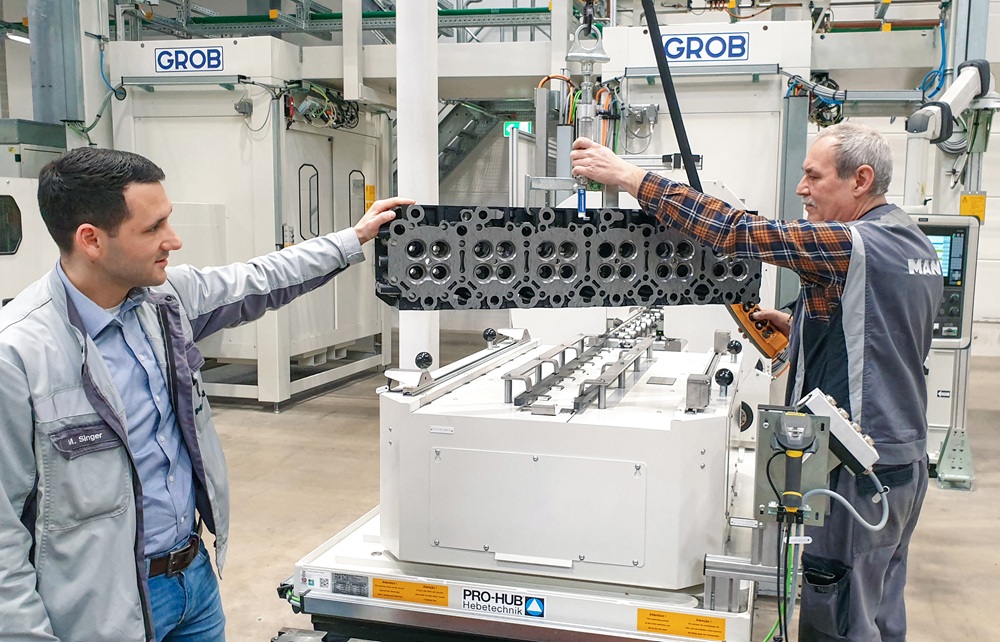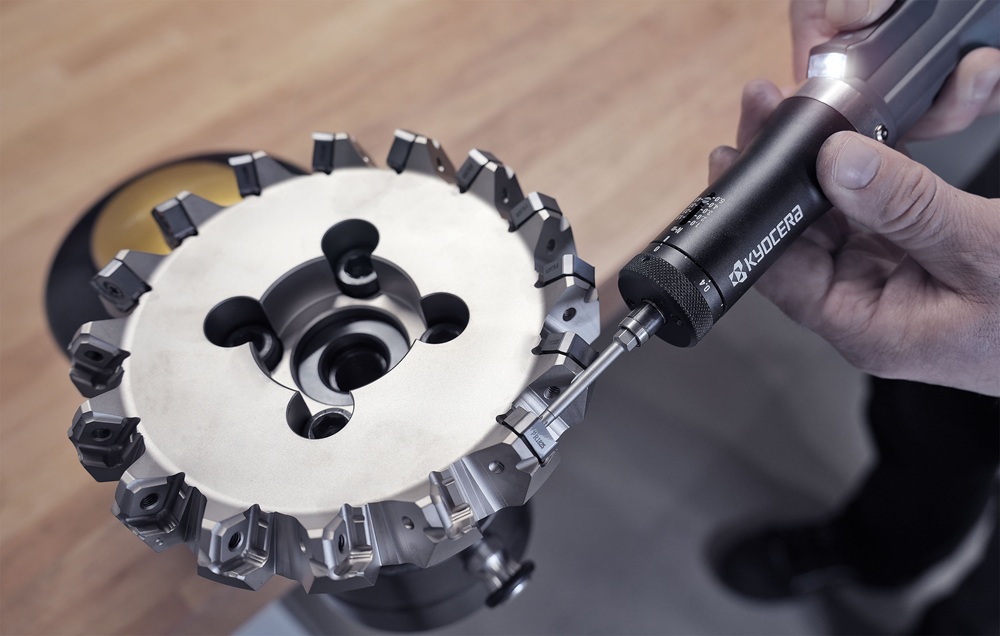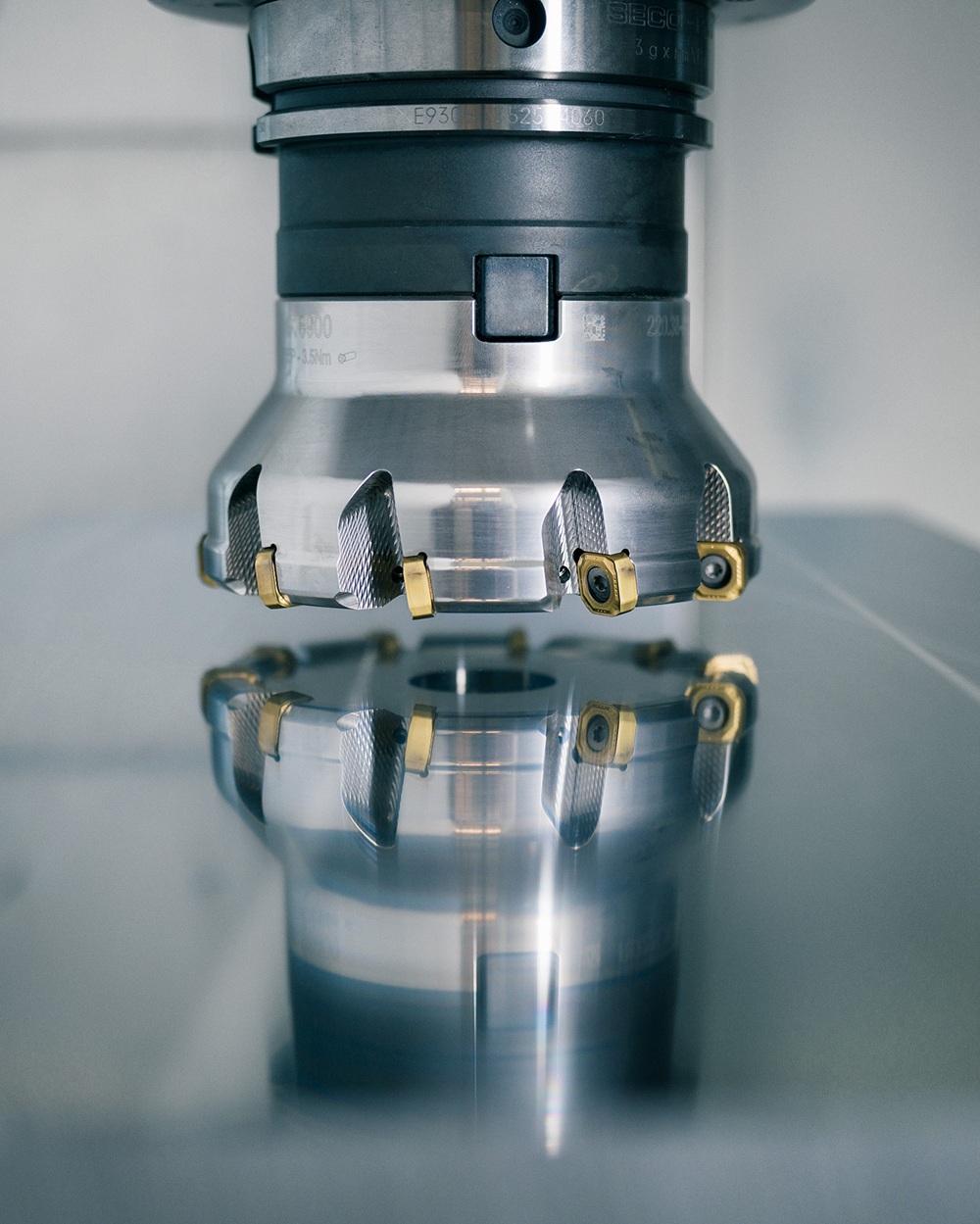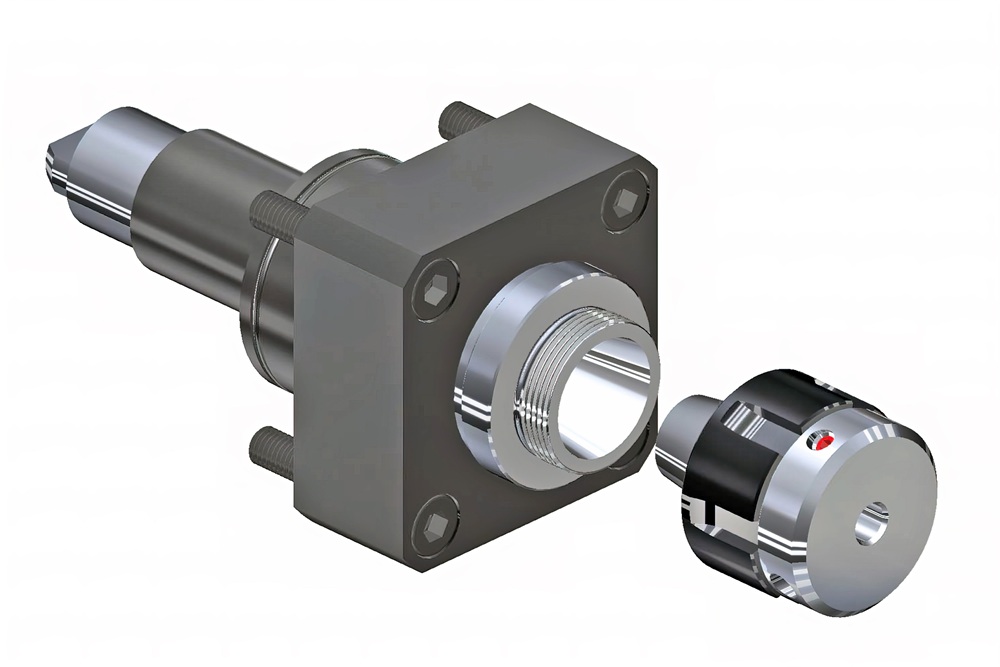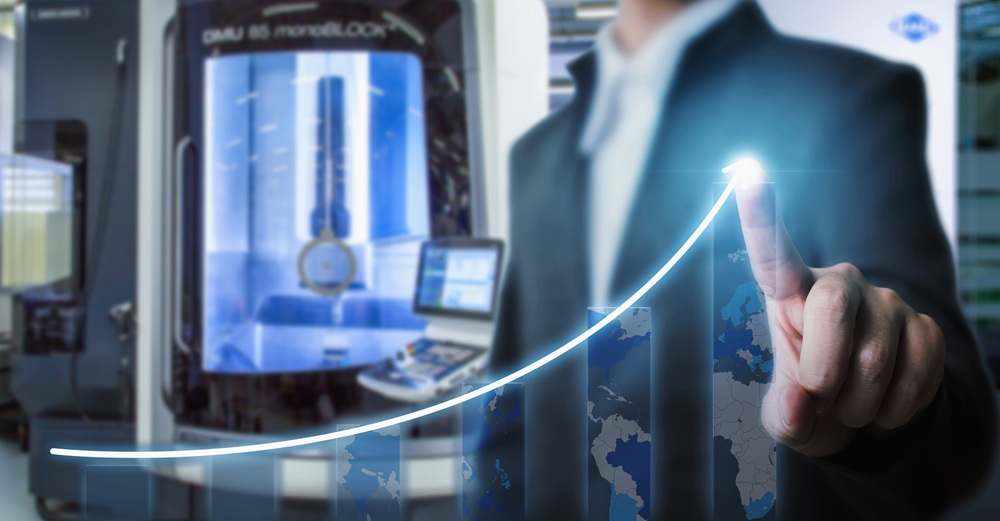In a history now spanning 75 years, family-owned and operated MAPAL has gone from
humble beginnings to an international group with a global reputation. From the beginning,
the Germany-headquartered tool manufacturer’s company history has been characterised
by continuity and an innovative spirit that was nourished by Swabian ingenuity and
creativity, as well as by the entrepreneurial courage of the Kress family. Close contact with
customers and a reliable sense for what will matter in future continue to shape the
company’s culture to this day.
The foundation of the company in 1950 was quite unusual. Dr Georg Kress held a doctorate
in economics and was working as a tax advisor when the opportunity came up to take over
one of his clients’ companies, which had got into difficulty. Although he knew nothing about
threading tools and dies, he bought OBA Präzisionswerkzeugbau from Otto Betzler. He sold
his successful tax advisory firm in Aalen and became an entrepreneur.
The new name for the business, MAPAL, stood for ‘Maschinen- und
Präzisionswerkzeugfabrik Aalen’, and is testament to the fact that woodworking machines
were also manufactured in the company’s early days. As cost-effective and efficient
production of the profile milling machines was not possible in the long haul in the cramped,
simple premises on Obere Bahnstraße in Aalen, MAPAL quickly moved away from this area
of business. The focus switched to tap drills, thread dies and thread rollers, which marked
the beginning of the product range for which the company is known today.
The purchase of a patent for an innovative reamer in 1952 proved to be a visionary move for
the company’s long-term success. Unlike previous designs, it does not have four or six
cutting edges, but rather only one, which is clamped into a slot and can be adjusted. The
Italian inventor promised this would achieve lower manufacturing costs and more flexibility
in reaming. When Dr Georg Kress acquired the patent for the single-bladed reamer, he was
going against the advice of technicians from his own company, who felt the tool was
unsuitable. And they were correct, in principle.
However, Dr Kress drew on R&D to overcome these initial problems. In a painstaking and
meticulous process, the reamer was improved. This included inserting two guide pads
asymmetrically around the circumference of the reamer body. In 1954, the first single-
bladed reamer developed by MAPAL with guide pads made of carbide was patented.
Another patent for a reamer with indexable inserts made of carbide followed in 1962. Both
innovations laid the foundation for developing the reamers into an appealing, high-
performance tool in the coming years. The fine machining of bores became MAPAL’s calling
card.
When Dr Dieter Kress joined the family business in 1969, the son of the company’s founder
was well prepared for his future duties. Unlike his father, he was at home with all things
technical. On his very first day working at MAPAL, he designed a new clamping method for
indexable inserts. It was patented and in principle still forms the technology for clamping
the indexable inserts in MAPAL reamers today.
When he became president in 1974, Dr Dieter Kress quickly set about redesigning the
product portfolio. The tap drill and thread roller area of the business was given up to focus
completely on reamer production. This came at a time when two-thirds of MAPAL’s
turnover came from threading tools. But entrepreneurial foresight lay behind this plan. The
long-established products offered almost no potential to differentiate the company from
mostly bigger competitors who could also manufacture at a lower price. The single-bladed
reamer, by contrast, was something very special, with no direct competition. However, the
market had to be developed first.
The reamers were gradually developed until they were suitable for industrial large-scale
series production. Coating of the indexable inserts played a role, as did the use of PCD for
the guide pads. The tools helped MAPAL gain a foothold in the automotive industry first and
foremost, where manufacturing technology was moving from rigid transfer lines to flexible
machining centres.
Alongside technical improvements, MAPAL rebuilt its sales concept and focused on
maximum customer proximity. Independent sales representatives were replaced with in-
house technical consultants whose role was to advise customers on the ideal, customised
design for their tools and to support them with their use. In the automotive industry the
collaboration became so close that the consultants even became involved in developing
new engines by introducing potential precision machining options into the design process at
an early stage. They did not just sell tools – they sold solutions.
MAPAL opened its first subsidiary in the US back in 1977. But the global expansion truly took
flight in the 1990s. MAPAL established numerous overseas subsidiaries in quick succession.
MAPAL’s internationalisation strategy was based on following its big customers. As they
were setting up production facilities virtually all over the world, the comparatively small
company from Aalen had the opportunity to join and leverage market potential. MAPAL is
now represented in 25 countries with its own subsidiaries.
To expand its product and service portfolio, which also followed customer requirements,
MAPAL acquired specialist companies in Germany. WWS in Pforzheim expanded MAPAL’s
offer to include PCD tools with brazed blades for high-speed machining, particularly of
aluminium, thus covering a segment that was becoming more and more important to
customers. Solid-carbide drills and milling tools were added to the range courtesy of Miller
in Altenstadt. As drilling from solid is the production step prior to reaming, this made a
suitable addition to MAPAL’s portfolio. Weisskopf from Meiningen strengthened the solid-
carbide segment further.
The purchase of the long-standing Winterlingen-based company August Beck secured
MAPAL’s position as a leading manufacturer of reamers, while Robert Strom and ISOTOOL
added ISO and actuating tools to the portfolio. In 2015, the two companies were rebranded
MAPAL ITS, which focuses on complex special tools with actuating mechanisms in Eppingen.
Clamping tools from WTE in Ehrenfriedersdorf completed the product range. MAPAL made
further strategic investments overseas.
The third generation joined the family company’s executive management in 2008 with Dr
Jochen Kress, who had already been working at MAPAL as a development engineer since
- When he took the helm of MAPAL Group as president in 2018, the market’s
transformation was in full swing. MAPAL is proactively engaging with the automotive
industry’s transition to electromobility and developed efficient manufacturing solutions in
this area early on.
There was also a strategic expansion of customer segments beyond the automotive
industry, which had been a guarantee of growth over decades. MAPAL now also focuses on
the aerospace, fluid power technology, and die and mould segments.
Digital solutions are provided by c-Com since its founding in 2017. The start-up has been
merged into the MAPAL Group and primarily assists with tool management services. The
company takes all aspects of sustainable management into account with an environmental
management system – with many individual measures in production and administration at
all sites making their contribution.
Dr Jochen Kress initiated the transformation of MAPAL into a process-driven, global
organisation. Structures and processes are being adapted to the size the company has
reached; decision-making processes are being streamlined and accelerated. The
reorganisation on management level at headquarters in Aalen is based on core processes
and areas of focus. The structural, organisational and cultural changes that Dr Jochen
Kress initiated will shape the company in the long term and endure long beyond the
anniversary year 2025.
More information www.mapal.com






